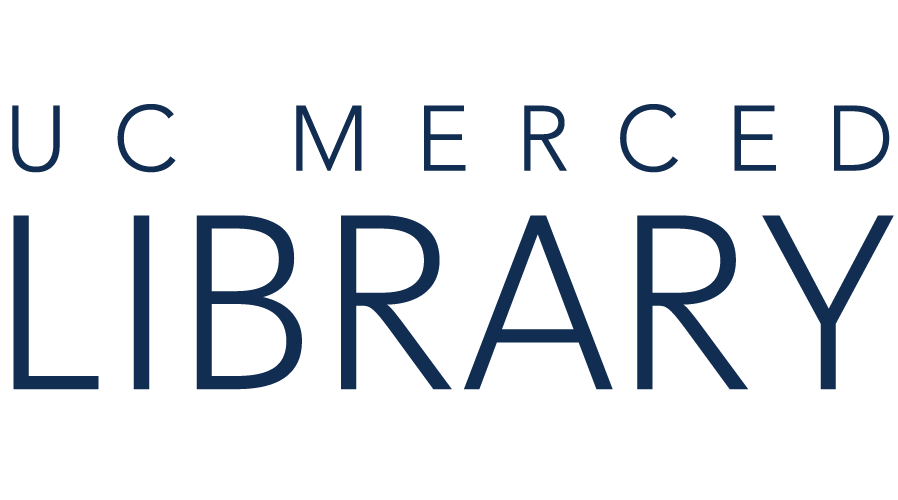As a UC Merced student, you have access to many journals and databases. This video does an excellent job of explaining how journal article information is made available in databases.
Watch the video below (2:28) and consider the following questions.
Questions:
North Carolina State University Libraries (2:28)
Journals, and the articles in them, are a key resources used in academic studies. Faculty members regularly publish their research results in scholarly journals.
College Composition and Communication is one example of a scholarly journal. Its focuses on accepting articles from rhetoric and composition studies that will support college instructors in the teaching of writing. However, the research may also draw from a number of theories and disciplines including race studies and anthropology.

As discussed in the video "From Idea to Library", you can locate articles from journals in library databases.
A database allows you to search multiple journal titles at once.
However, sometimes you will not know if a journal is indexed (pointed to) in the databases without some exploration.
If you want to discover if our library has a journal in full-text for the years you want, you can use the library's Journals search. Watch the video below for an introduction. (7:19)
Questions:
Sample Writing Journals
These links take you to the library's ejournals. Note that a journal's contents may be searchable in one or more databases. Check years of coverage.
Publishing opportunities for undergraduates from a range of disciplines.
Undergraduate Publishing Portal (The Karen Merritt Writing Program)
Databases Point You to Sources
As you heard in the previous video, databases can point to individual journal articles.
An index points to something.
Databases index (aka point, inventory, record, catalog) resources.
Sometimes databases do more than point to the article, sometime they include the full-text of the article. *Note: Many databases include more than just journal article sources.
Databases Vary in Size and Scope
Some databases index a limited number of journals while others may index hundreds of journals.
Some databases focus on one field study and closely related disciplines. Other databases may be interdisciplinary -- including articles from multiple disciplines.
Personal Use of Databases
If we search on the web, then we've likely had multiple experiences searching databases. Searching for a refrigerator at Home Depot or a pair of shoes at Zappos are both examples of using a database to find something.
--
Finding & Using Databases Tutorial
Take this tutorial to learn more about databases and how your experience can translate to understanding and using library databases.
Instructions:
1. Click on the link or logo above to access the tutorial. Full instructions are on the first page.
By the end of the tutorial, you will be able to:
|
Composition Database
1939 - present. Access to scholarship on post-secondary composition and rhetoric starting from 1939. Citations from journal articles, review essays, notes and comments, books, dissertations, ERIC (Education Resources Information Center), and edited collections. Some citations link to full-text. Provided by the WAC Clearinghouse.
Databases (writing, literature, education)
Includes full text for more than 1,700 journals, 550 books and monographs, education-related conference papers, citations for over four million articles including book reviews and over 100,000 controlled and cross-referenced names of educational tests.
Brings together Gale's literary databases (Gale Virtual Reference Library, Literature Resource Center, Scribner Writer Series and Twayne's Authors Series) into one cross-searchable platform.
A comprehensive literature database of over 350,000 works of poetry, drama and prose dating as far back as 600. Includes links to other Web resources, bibliographies for over 400 authors and biographies for over 1,000 authors. Via ProQuest.
For complete lists of content, visit https://proquest.libguides.com/lionpqp/content.
Databases (multidisciplinary)
Provides access to a collection of reference books including encyclopedias, dictionaries, measurement conversions and more. For Chrome browser users, follow this link to troubleshoot a known issue.
A search engine providing access to both freely available and subscription based resources including articles, theses, books, preprints, abstracts, conference proceedings and technical .
Search by subject or browse full text of more than 500 scholarly journals in social sciences, humanities, and sciences, to their earliest issues. Many titles extend as far back as late 19th or early 20th centuries; most recent 3-5 years not included. As of 2024, also includes ARTstor.
(coverage varies according to journal title) Includes abstracts, tables of contents, and full text of articles from journals as well as a few book selections. Content includes the sciences, technology, medicine and social sciences.
Provides online access to journals published by Taylor & Francis,with over 3,200 titles covering a wide array of subject areas.
Arts & Humanities Citation Index (1975 - present), Social Sciences Citation Index (1956 - present), Science Citation Index (1900 - present), Conference Proceedings Citation Index-Science (1990 - present), and Conference Proceedings Citation Index-Social Science & Humanities (1990 - present).
Discover how to locate databases listed in the library's A-Z Database listing. (1:14) You can narrow down by database subject area, full-text availability etc.
Discover how to find databases for your research using our A-Z Databases listing. (1:20)
Copyright @ The Regents of the University of California. All rights reserved.
